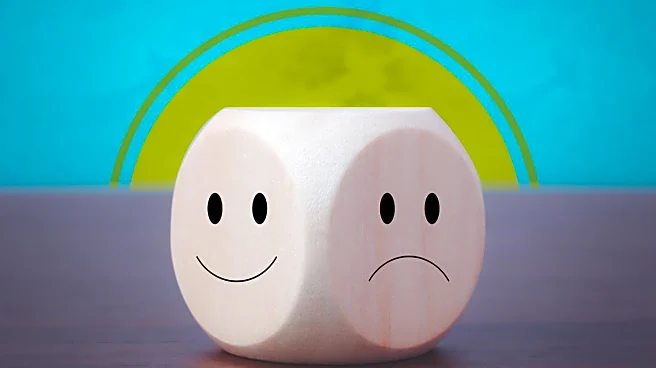What's Happening?
Recent discussions have brought attention to the role of scents as potential triggers for migraines. Experts are emphasizing the importance of identifying and managing these triggers to prevent migraine episodes.
Migraines, which affect millions of people, can be debilitating and are often triggered by various environmental factors, including certain smells. The focus is on educating individuals about the types of scents that may provoke migraines and providing strategies to mitigate their impact. This includes avoiding known triggers and implementing lifestyle changes to reduce exposure to problematic scents.
Why It's Important?
Understanding the triggers of migraines is crucial for those who suffer from them, as it can significantly improve their quality of life. By identifying scents as a potential trigger, individuals can take proactive steps to avoid them, thereby reducing the frequency and severity of migraine attacks. This knowledge empowers sufferers to make informed decisions about their environment and lifestyle, potentially decreasing healthcare costs associated with migraine treatment. Additionally, it raises awareness among healthcare providers to consider environmental factors when diagnosing and treating migraines, leading to more comprehensive care.
What's Next?
Future steps may involve further research into the specific scents that most commonly trigger migraines, as well as developing more targeted prevention strategies. Healthcare professionals might increase their focus on environmental assessments during consultations with migraine patients. There could also be an increase in public health campaigns aimed at educating the public about the impact of scents on migraines, encouraging individuals to share their experiences and solutions. This could lead to broader community support and resources for those affected.
Beyond the Headlines
The identification of scents as migraine triggers also opens up discussions about the broader impact of environmental factors on health. It highlights the need for more research into how everyday exposures can affect well-being, potentially leading to innovations in public health policy and personal health management. This could also influence industries such as fragrance and cleaning products, prompting them to consider the health implications of their products and possibly leading to the development of migraine-friendly options.











